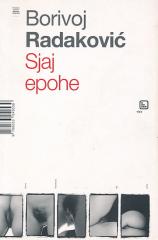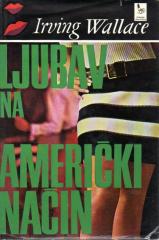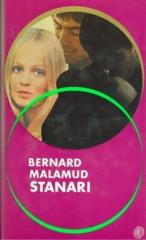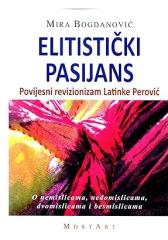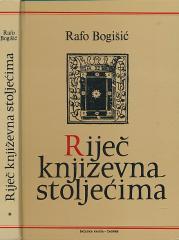Latest in the offer
Sjaj epohe
Novel, double manuscript. Borivoj Radaković's cult novel "Sjaj pohe" was the first novel of the generation that experienced punk and the new wave.
Ljubav na američki način
Irving Wallace's novel is a socio-psychological novel that deals with sexual behavior, morality, and hypocrisy in mid-20th-century American society.
Stanari
The plot is set in an abandoned building in New York, which becomes a symbol of decay, but also of the struggle for space, belonging and voice.
Elitisticki pasijans
Historical revisionism of Latinka Perovic
Riječ književna stoljećima (od Držića do Mažuranića)
The book Riječ književna stoljećima by Rafa Bogišić is a collection of scientific and essayistic texts on Croatian literature from the Middle Ages to modern times.
Izlet u Dachau
In Trip to Dachau, there is no tolerance for the “infatuated,” for those who “didn't know,” for those who “repent” with a fat fig in their pocket. She openly hates – hatred itself.
Sara i Serafina
The novel Sara and Serafina has so far been translated into German, Swedish, Spanish and Slovenian, and the literary editorial office of the famous Zidojče Zeitung included it among the 50 best contemporary world novels.
Dan skakavaca
The Day of the Locust, which is reminiscent of the Old Testament plague, hovers mythically over the seemingly banal antics of "ordinary people".
Zimzelene priče
If you try to ignore social networks, the Internet, cell phones, and other new-age time wasters for a while and pick up this old-fashioned book of fairy tales - you won't regret it!
Crni album
It's a thriller with a backdrop of raves, ecstasy, religious turmoil and sexual passion – deep insight and brilliant elaboration.
